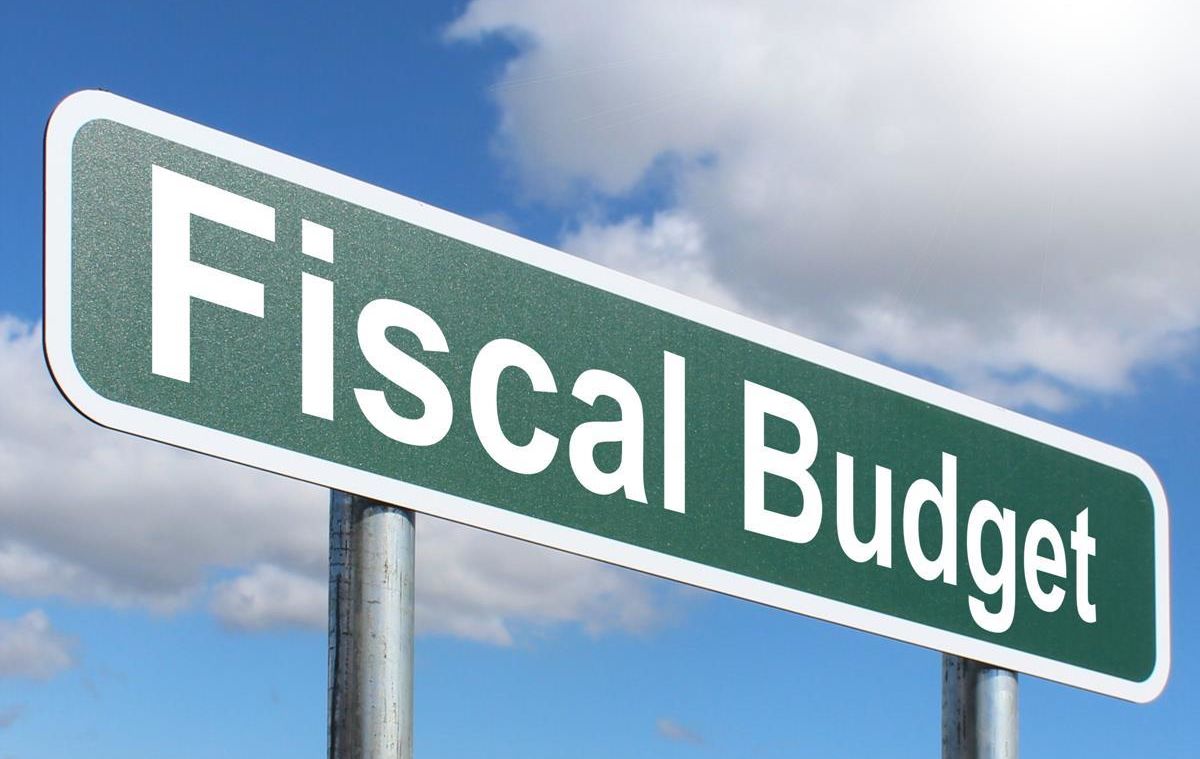By: Vance Ginn & Charlie Katebi – texaspolicy.com – October 22, 2018
We’ve set some pretty high goals for Texas’ budget for the upcoming biennium. And to achieve them, Texas need to overhaul its arcane and opaque budget-making process.
On Sept. 25, the Texas Public Policy Foundation, Heartland Institute, and 16 other member-groups of the Conservative Texas Budget Coalition held a press conference to introduce its legislative priorities for Texas’ 2019 legislative session.
These groundbreaking priorities would limit government spending below population growth and inflation and provide enormous tax relief for families across the state.
Every odd-numbered year, state lawmakers craft Texas’ two-year budget through the General Appropriations Act, which typically just increases funding to government agencies above their prior biennial levels. If lawmakers suspect that spending increases are unnecessary, the burden of proof is on lawmakers to prove they should spend less.
It’s not an ideal process. And it’s made worse by the fact that lawmakers and their constituents often have no idea whether government agencies are spending their money efficiently. When Texas funds departments, it uses a largely unaccountable process known as strategy-based budgeting.
As the name suggests, lawmakers designate dollars to agencies to accomplish broad strategies such as providing education, delivering health care, or paving roads. While these objectives are certainly important, the process makes it all but impossible for legislators to know whether government agencies are effectively pursuing these goals, let alone accomplishing them.
In fact, many lawmakers have no clue how much spending is dedicated to each agency’s programs, where the money comes from, or whether the money is spent productively.
This lack of transparency is a major reason why spending in Texas has exploded over the last 14 years. State spending is up nearly $15 billion more in the current budget than it would be if it had matched increases in population growth and inflation since 2004. This costs the average Texas family of four more than $1,000 in higher taxes each year.
And even though many lawmakers wish to tame runaway government spending, they lack the necessary information to determine which programs should be reformed, trimmed or eliminated.
One way lawmakers can attain greater fiscal transparency is by replacing Texas’ current strategy-based budget with a program-based budget.
Under a program-based budget, legislators and their constituents can track every taxpayer dollar they send to Texas’ various agencies and which specific programs and initiatives they are funding. This will allow both lawmakers and taxpayers to identify misspent funds and root out inefficiencies.
Another reform to enhance accountability would be to transition Texas’s finances to a zero-based budgeting process. Under this type of budget process, each agency begins with a budget of zero dollars and must make a clear and compelling case to lawmakers why taxpayers should be spending money on its various programs. They must defend its purpose, its goals and how it spends money to achieve these goals.
This increased transparency will allow lawmakers to more effectively scrutinize each agency’s performance and remove programs that fail to serve the public’s needs.
Zero-based budgeting has a long history of successfully trimming wasteful spending.
In 2003, Texas faced a $10 billion budget shortfall and needed to find a way to balance the budget because of a constitutional balanced budget requirement?. In response, then-Gov. Rick Perry sent every government agency a budget of zero dollars and ordered them to find efficiencies to close the state’s deficit.
Not only did these reforms eliminate Texas’ shortfall, they drove agencies to make long-lasting, needed changes to their programs. They cut unnecessary initiatives, streamlined operations and consolidated duplicative programs. Overall, these reforms helped the state balance the budget by reducing spendingreducing spending for the first time since World War II – and not raising taxes.
Zero-based budgeting has also allowed lawmakers to eliminate wasteful spending in Georgia, Chicago, and Montgomery County, Pennsylvania.
These examples show that proper fiscal transparency and accountability can help Texas’ elected legislators craft a strong conservative Texas budget. Not only would this rein in the excessive size of government, it would help provide an opportunity to deliver substantial tax relief for all Texans.
Achieving the Coalition’s priorities would put the Lone Star State on a path to increased, long-term prosperity.
To see this article, click read more.
Source: Texas needs fiscal transparency
 Listen Online
Listen Online Watch Online
Watch Online Find a Station in Your Area
Find a Station in Your Area







 Listen Now
Listen Now Watch Online
Watch Online
